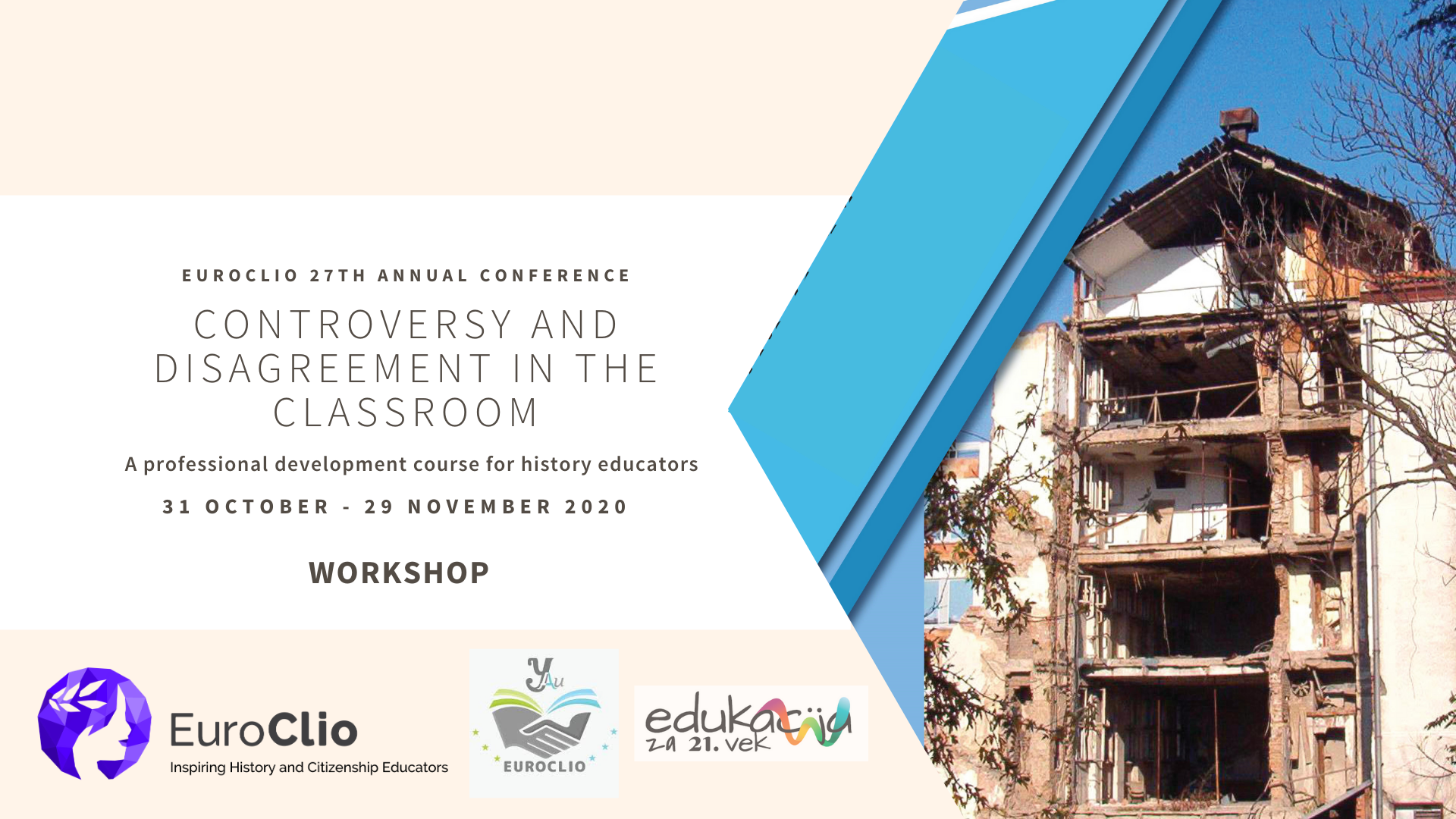In a time of growing division, where intolerance creates an “us-versus-them” attitude among social groups, it is essential for students to learn how to deal with controversial subjects, and how to cope with a variety of viewpoints and disagreements.
In history education multiperspectivity is a vital tool in dealing with and making sense of this variety of viewpoints. Subsequently, multiperspectivity is a popular term used in history education, yet the concept’s exact meaning and practical implication often remain unclear.
In this interactive workshop Bjorn Wansink will try to help you to deepen your understanding of multiperspectivity. In this workshop Bjorn will shed light on this frequently used term by exploring the concept of multiperspectivity in a variety of ways. This will be done by addressing the following issues: what does multiperspectivity mean in terms of temporality, how can we understand multiperspectivity psychologically, what are moral, political and epistemological limits of multiperspectivity, what are design principles for teaching multiperspectivity in history, and what perspectives do teachers address in the classroom?
In this workshop you will explore these theoretical issues and, together with Bjorn and a group of motivated colleagues from across Europe, will try to make them tangible and apply them to the situation in your classroom.
Several models and activities will be proposed to understand this complex concept better.



